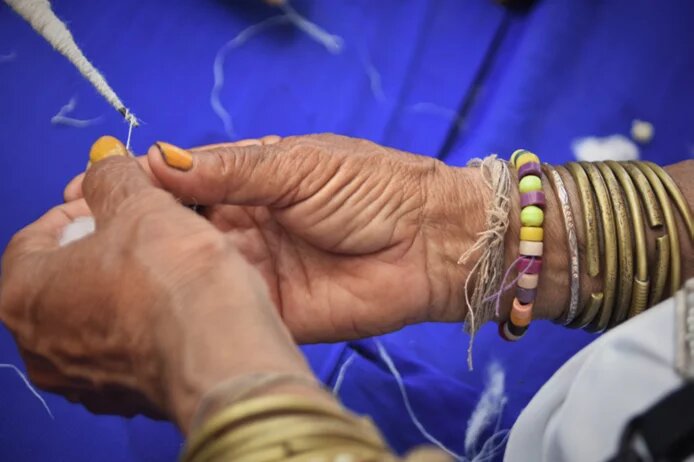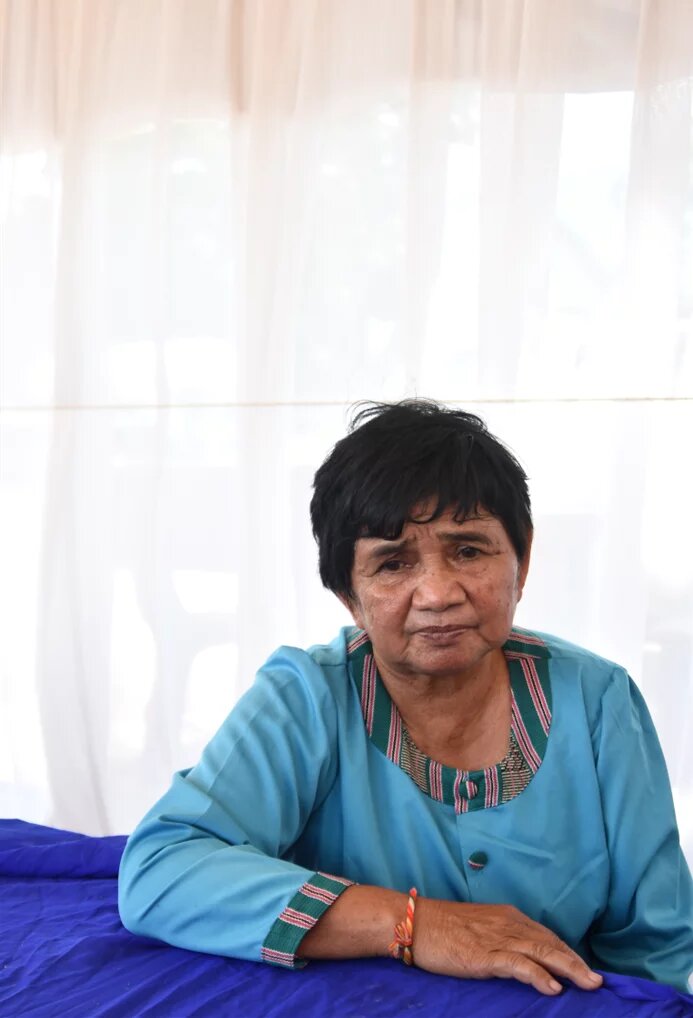
The Cambodian state has failed to put in place concrete legal protections for Indigenous groups in the country and instead wiped out their mention in laws and regulations around environmental governance and land management.

Indigenous groups have long warned about the loss of their traditional lands, a lot of which has been lost to deforestation by large corporations managing economic land concessions. To exacerbate their loss, the loss of Cambodia’s woodlands affects their ability to do shifting cultivation and deforestation has hindered their cultural practices of maintaining spirit forests.
This is all true for Klan Sarith. She is Jarai and lives in the northeastern province of Ratanakiri, where her community is facing land loss from a Vietnamese rubber plantation and Chinese- and Indian-run mining operations. At the same time, the community has grown to 50 villages of around 53 families each, giving them less space to live.
Increased interaction with the rest of the country is changing their way of life, she says. “We used to pass knowledge from generation to generation but now it is more difficult. Some people don't go to school, some turn to drugs; the modern ways are changing our traditions.”
“I would like for Khmer people to recognize us and respect our Jarai culture. The country should recognize Jarai as an official language,” she says.
Sarith is speaking at a celebration of Indigenous identity in Kampong Speu, where most of Cambodia’s Indigenous communities had congregated to showcase their unique cultures but also debate and discuss Indigenous peoples' rights and culture, preservation of their traditions and their participation in laws and policies. Rhythmic drumming from the Por community fills the air with music.
Despite the dramatic loss of their land and culture, Cambodia’s Indigenous people are rarely given a chance to decide on policy that affects them, let alone create legislation that protects their way of life. For this, the non-government organization Cambodia Indigenous Peoples Organization (CIPO) has been critical in advocating for the communities to ensure their voice is heard in Phnom Penh and the power centers of the country.
This article is an excerpt from "Profiles of Courage." Click here for the full reading.
